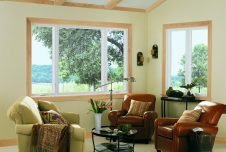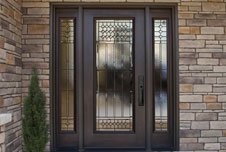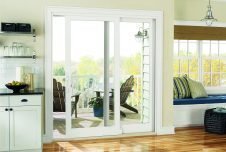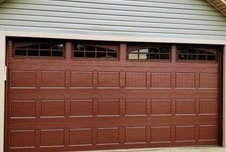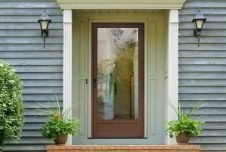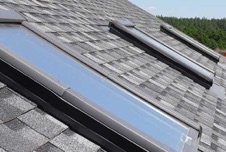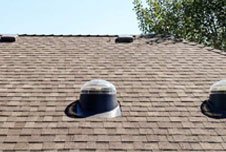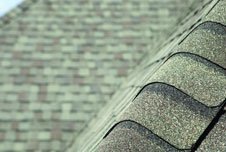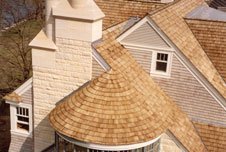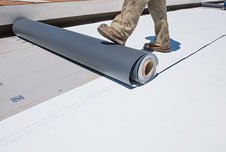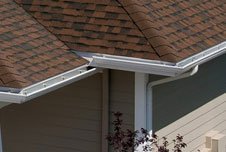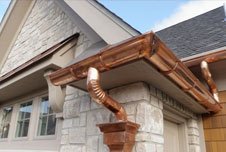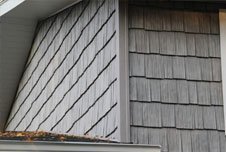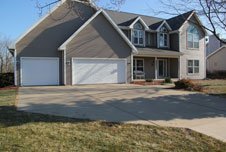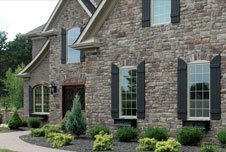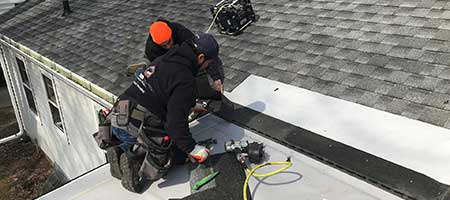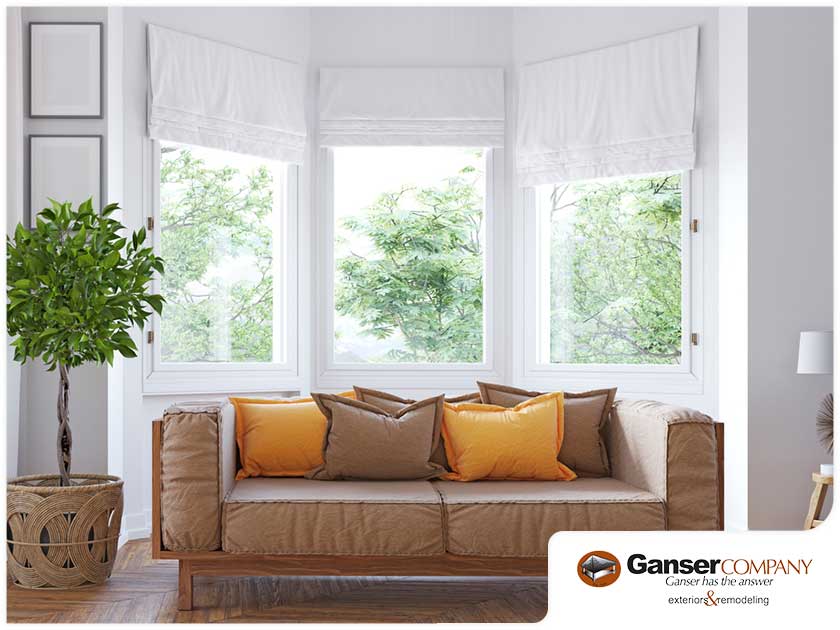When choosing new windows for your exterior remodeling project, there are plenty of things to consider. The window’s material and color may be on the top of your list, but you should also include functionality. After all, windows don’t only let daylight into your home, but they can also be a means of ventilation. If you want to keep your air conditioning use at the minimum, good ventilation should be one of the qualities you should look for in your new windows.
The style of your window also plays a significant factor in your home’s ventilation and airflow. While it’s true that all operating windows provide ventilation, some may be better than others. By choosing the right window style, you can improve your home’s indoor air quality and energy efficiency because of the all-natural cooling.
To help you select the ideal windows for your home, we explain the importance of natural ventilation and which window style you should consider for your home.
What Is the Importance of Natural Ventilation?
According to the U.S. Department of Energy, the average American homeowner spends as much as 48% of their budget on air conditioning. To save money on your cooling bills without sacrificing the comfort of your home, you need natural ventilation. Natural ventilation, also known as passive cooling, allows outdoor air into your home without using mechanical devices. Through natural ventilation, you can even save up to 30% of your energy consumption.
Natural ventilation also promotes a healthier lifestyle. In fact, the oxygen from fresh outdoor air can enhance your blood pressure, heart rate and energy levels. It makes your immune system stronger and helps you feel relaxed due to higher serotonin levels.
It’s also worth noting that airflow is essential in rooms like the kitchen and the bathroom where the window may be used to let vapor or heat out. For this reason, you need to install the right windows for your kitchen project. This way, you maintain comfort inside these living spaces.
What Are the Ideal Window Styles for Ventilation?
For superior ventilation features, we list five window styles you should consider for your home:
-
Casement Windows
Out of all the window styles, casement windows are the best choice if you want to maximize ventilation. These windows are hinged on one side and swing outward to open. Most casement windows are simply manual, but others operate on a crank or motor. Thanks to the way they open, you have almost complete control over ventilation.
Unlike traditional sliders and double-hung windows, casement windows can catch side breezes. If you’re going for a light breeze, you may want to crack them a little bit. On warmer days, meanwhile, you can open them completely to get as much air as possible. Additionally, when you close them, the sashes seal tightly into the frame to prevent air from leaking through, which is helpful in improving your home’s energy efficiency.
-
Sliding Windows
If your indoor and outdoor opening space is limited, you cannot accommodate a window that swings out. This means casement windows are out of the question. A great alternative for your window replacement project, these windows do not protrude when open, but instead, one operable sash slides over a fixed sash.
Sliding windows are versatile and provide plenty of natural ventilation. However, one drawback you should take note of is that you can only open half of the window. If these windows are on an upper story, you might even have to restrict the opening even more to avoid accidents.
-
Bay and Bow Windows
Both bay and bow windows are projection windows. This means they take up space outside your home. Bay windows generally have three windows arranged as a single unit: one larger, fixed window with two smaller, operable windows on each side. Meanwhile, bow windows have three or more windows arranged in an arc.
Bay and bow windows are unique as they catch breezes from at least two directions. On top of great natural ventilation, these windows are a great solution to maximize your view and natural light. However, since these window units are quite heavy, you need to have adequate structural support to install them.
-
Awning Windows
As with casement windows, awning windows require some projection space to open. These windows hinge at the top and open outward when you turn a crank at the base of the window frame. When the window is open, the glass pane forms an awning-like projection over the window opening.
Awning windows are usually used in small, rectangular window openings. As such, these windows are ideal for your home remodeling project. Although awning windows are not as good at catching breezes as casement windows, they have another benefit: you can leave them open for ventilation, even if it’s raining or snowing outside. This is because the awning keeps the elements from entering through the open window. You can even leave a bathroom awning window open for ventilation while you’re away for the day.
-
Double-Hung Windows
Double-hung windows are a popular choice among many homeowners. They are classically beautiful and aesthetically appealing. Just like sliding windows, these windows are ideal for areas with limited opening space. Double-hung windows are also great at promoting air circulation even without the presence of outdoor air by using the airflow within a room.
With double-hung windows, you can open both the upper and lower sashes. Thus, these windows allow cool air to enter at the bottom while hot air exits through the top. Remember that the higher your ceiling and the taller your windows are, the more effective double-hung windows are for natural ventilation.
The next time you choose new windows for your home, keep in mind that they are more than just for appearance and beauty. Windows are also functional and help bring more fresh air into your home. Here at Ganser Company, we provide excellent window replacement and roof repair services. Call us today at (608) 222-1243, or fill out our online contact form to set an appointment.

